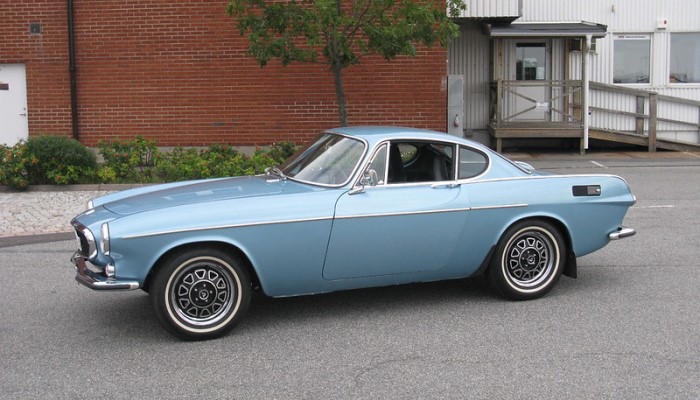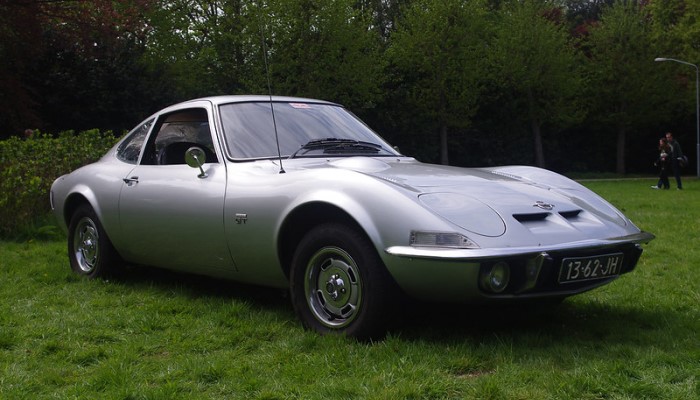Datsun 240Z / 260Z
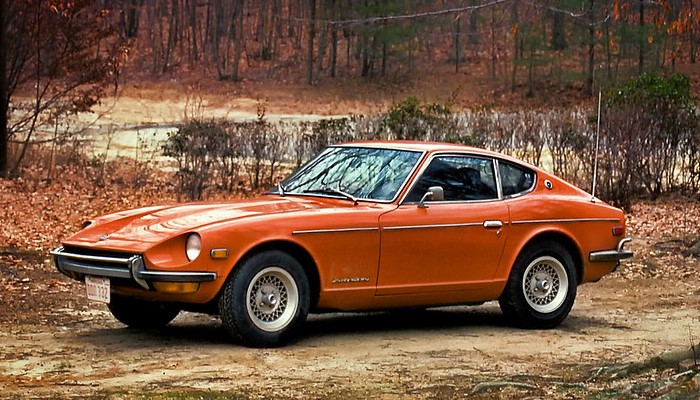
Photo: "1972 Datsun 240z" by Mike Boswell
It's Guaranteed to Turn Heads Wherever You Go
Datsun was founded in 1933 as a lower-cost division of Nissan for the Asian market, but all of the company's models were sold in North America as Datsun until the early 1980s. The pre-war period is not overly interesting, but after the war, Datsun was one of the companies with the highest sales growth in the American market, then the largest in the world.
By the mid-1960s, Datsun had overtaken Volkswagen to become the best-selling car import in the American market thanks to its line of small pickup trucks and the popular 510 model, which was sold as a sedan and wagon.
Despite good sales, the Japanese vehicle manufacturer was unhappy that its offer did not have a car that would raise the company's reputation. The cars were mostly simple, high-quality and cheap, but the American public also wanted more style and more equipment.
The first Datsun that was made with such an idea was the 1959 Fairlady Roadster. But with only 37 hp under the hood, only 300 units were sold over the next three years. Next in line was the 1962 1500 Sports Roadster, which was a copy of British roadsters, but despite the attractive design and low price, it still failed to make a significant mark.
The 1968 2000 Sports was arguably a breakthrough, with its 135 horsepower and exotic five-speed manual transmission. At the time, the president of Nissan, Yutaka Katayama, was thinking about how to capture the taste of Americans in a Japanese way.
Given that Mr. Katayama lived and worked in California, he was very familiar with American tastes. In the mid-1960s, he commissioned drawings for the next-generation roadster, but it had to be available as a coupe as well.
The 240Z Presentation
In the end, the choice fell solely on the two-seat coupe because the president of Nissan believed that it had the greatest chances of success, and the official presentation was held at the Tokyo Motor Show in 1969. It is an understatement to say that the audience was surprised by what they saw.
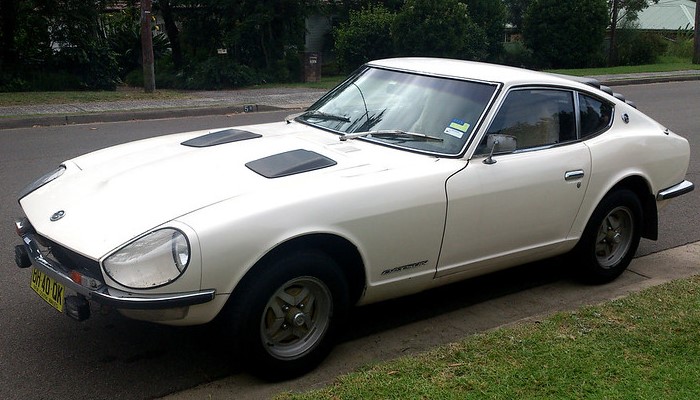
Photo: "Datsun 240Z" by FotoSleuth
The new 240Z offered everything Porsche and Jaguar's performance models offered, but for a much lower price of $3,526. For example, the Volvo P1800E cost $4,500, the Chevrolet Corvette $5,000, and the Jaguar E-Type $5,800, so the Datsun's price seemed quite low.
Specifications and Sales
Under the hood is a 146 cid (2.4L) inline-six engine from the Datsun 510 sedan that develops 150 hp, while power is sent to the rear wheels via a four-speed manual transmission. That's enough to propel the 2,355-pound (1,068 kg) coupe to 100 kph (62 mph) in just 9,5 seconds and reach a top speed of 126 mph (202 kph).
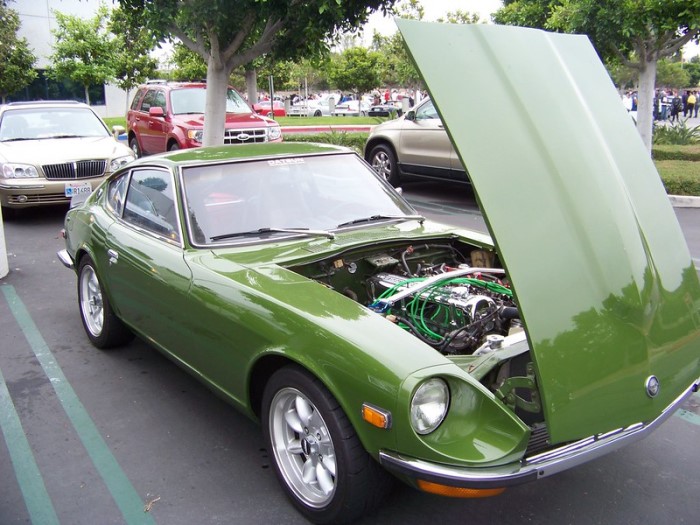
Photo: "Grüner Datsun 240Z" by KaliTipps
Sales started slowly, with Datsun delivering 10,000 units in its first year, but by mid-1971, Datsun was unable to produce enough to satisfy the market. In addition to the powerful engine, the market also liked the sporty suspension, and 26,733 units were delivered to American customers during 1971.
That same year, Datsun added a three-speed automatic transmission, although 90% of buyers opted for the manual. By 1973, the price had risen to $4,400, but despite this, 52,556 240Zs were sold.
Some claim that the Datsun 240Z is a copy of the Jag E-Type, others see the lines of the Ferrari 250 GTO, but there is no doubt that the car is all its own. This is a special beast!
Emissions Laws Leading to 260Z
In 1974, Datsun introduced the new 260Z after the 146 cid (2.4L) engine could no longer meet strict emissions laws. The new 156 cid (2.6L) engine developed 139 hp, but due to its slightly higher weight, it could not record much better acceleration (0-60 mph: 8s) and top speed (127 mph / 205 kph).
The weight was largely increased due to new safety standards, and this was reflected in the vehicle's design after Datsun had to install new bumpers. The same year, an extended 2+2 version with rear seats was also offered, but it was never very popular with customers.
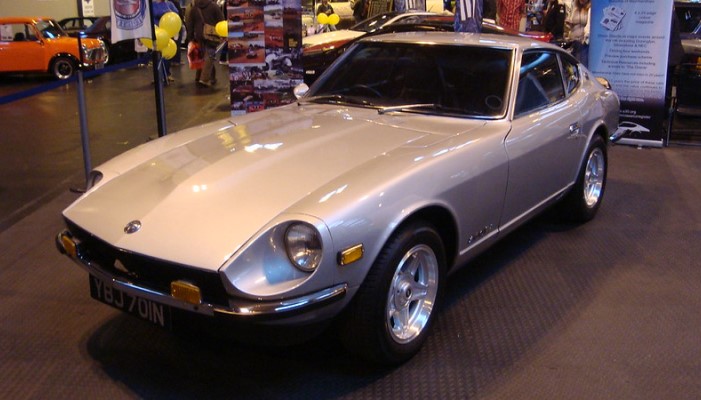
Photo: "1974 Datsun 260Z" by kieranwhite599
The 260Z survived unchanged for the next two years, when another engine size increase followed, but that's another story...
240Z in Today's Market
Are you in the market for a Datsun 240Z? Well, strap in because you're in for a wild ride - both figuratively and literally!
These classic beauties from the 70s are like the rockstars of the automotive world. With their sleek lines and smooth curves, they're guaranteed to turn heads wherever you go. And let's not forget that iconic Fairlady badge that just screams style and sophistication.
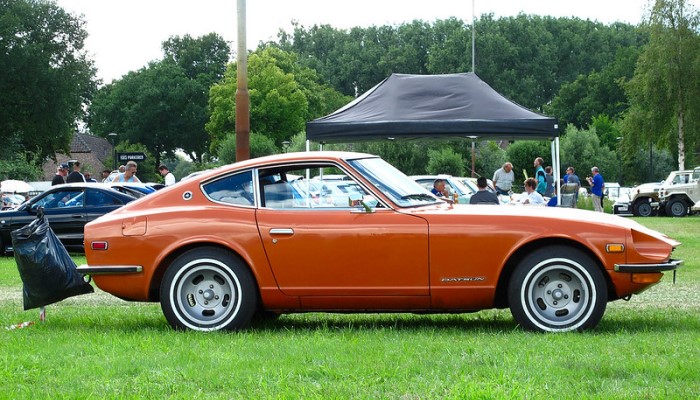
Photo: 1972 Datsun 240Z" by Rutger van der Maar
But let's talk turkey - or in this case, cash. The price of a Datsun 240Z can vary considerably depending on factors such as condition and mileage.
On the lower end of the spectrum, you might be able to snag one for around $10,000, but be prepared to shell out some serious dough if you're looking for a mint condition, fully restored model. Six figures can be waiting for you here.
Of course, owning a Datsun 240Z isn't just about the price tag - it's about the experience. From the exhilarating thrill of hitting the open road to the inevitable headaches of trying to find rare parts for that quirky engine, owning one of these classic cars is a journey all its own.
And What About the 260Z?
When you compare these two graphs, you will notice how much less the 260Z offer is than the 240Z. Considering that this model, unlike the 240Z, is less popular, you can count on finding it cheaper. But not much cheaper! The price ranges from $5,000 to $95,000, depending on the condition of the vehicle.
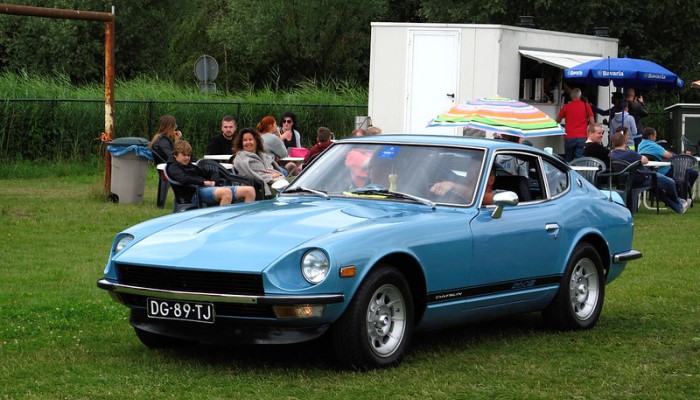
Photo: 1978 Datsun 260Z" by Rutger van der Maar
FAQ
Q: Which is better? A: It's completely a question of taste, much like when someone asks whether chocolate or vanilla is better. While the 260Z has more power, the 240Z is frequently commended for being lighter and easier to handle.
Q: Are these cars reliable? A: With proper maintenance, yes. However, be ready for some oddities and the sporadic unplanned maintenance. Consider it a friend who is charmingly volatile.
Q: Are they hard to work on? A: Not overly complicated, but some mechanical knowledge is helpful. There’s a huge online community of owners, so finding help and resources isn't difficult. Just prepare for some grease under your fingernails.
Final Word
So, if you're thinking about adding a Datsun 240Z or 260Z to your garage, just remember - you're not just buying a car, you're buying a piece of automotive history. If nothing else, at least you'll look damn good cruising down the street in one of these bad boys.

Unique Car Zone Team
A group of several fans of everything that moves on four wheels, a few article creators, a couple of marketing strategists, designers, web developers, and lots of coffee.





